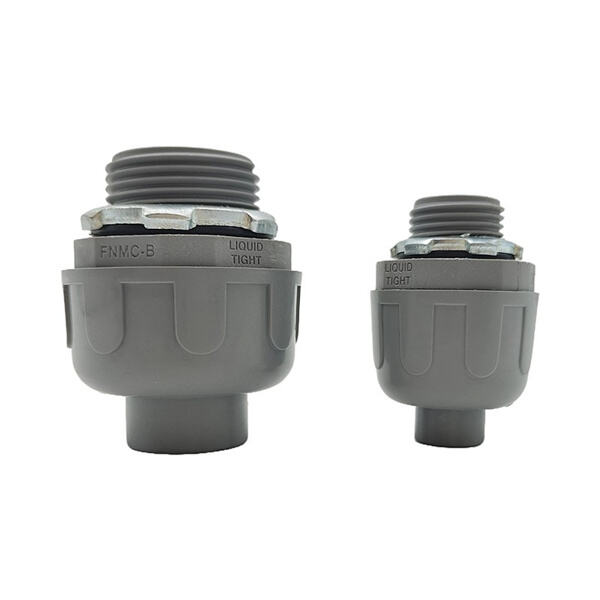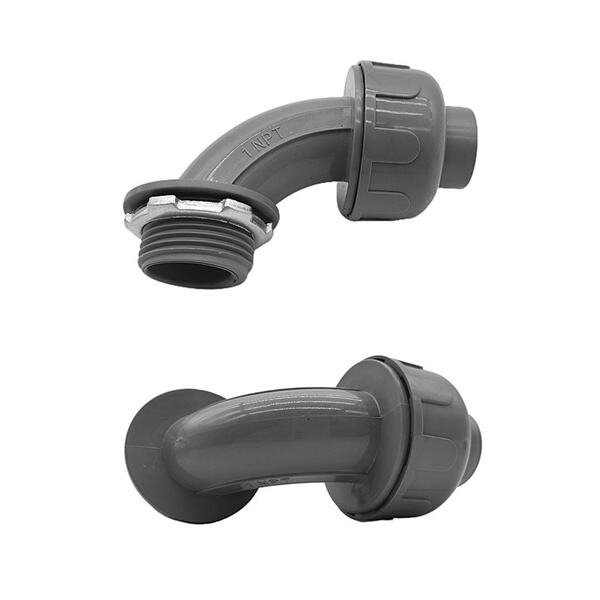Flexible conduit fittings are one of the most critical components of an electrical system. They act to shield as well as to secure wires. Anita provides a range of types of Flexible Conduit Fittings, to meet various application needs. So why not find out more about the great reasons to use them and how to install them correctly.
There are lots of advantages of using flexible conduit fittings. They serve to protect conductors, insulation and jacket from physical damage. Flexible conduit fittings also aid in wire organization, and ensure everything stays neat and tidy. By relying on these conduit fittings, you can be sure that your electrical system is functioning properly and safely.
One of those is the tools required to install electrical conduit fittings correctly. You will need a tape measurer, pencil and pliers. Start by measuring the amount of wire that you will be feeding through your conduit fitting. Next, label the conduit fitting with a slash for where you’ll need to cut it to accommodate the wire. Use the pliers to trim the conduit fitting to size. Lastly, snake the wire through the conduit fitting and install. Make sure everything is secured nice and tight prior to turning on power.

It is important to select the proper Anita pvc electrical conduit fittings for your project. There are several types of fittings, so you'll have to select one that's right for you. If you are busy with a project that require a great deal of bending and twisting of the wire, you will need a flexible conduit fitting that has a flexible joint. If you require fitting that is for a straight section of wire, a rigid conduit fitting is your preferred solution.

Conduit fittings are used in various systems from sewage to machine tools. Wires can get stripped down and result in electrical issues if these fittings were not in place. When you need to connect a bunch of wires in an exposed or surface wiring system, you need flexible conduit fittings to make sure those wires are protected and safely enveloped in the conduit system.

Various kinds of flexible conduit fittings exist for different applications. An Anita liquid-tight conduit fitting, for instance, is deployed in environments with the potential for moisture or other liquids to be present. The non-metallic conduit fitting is used for applications which require non-metallic fittings for a particular part of the construction. Selecting the correct flexible conduit fitting for your application can help make your electrical system safer and more productive.